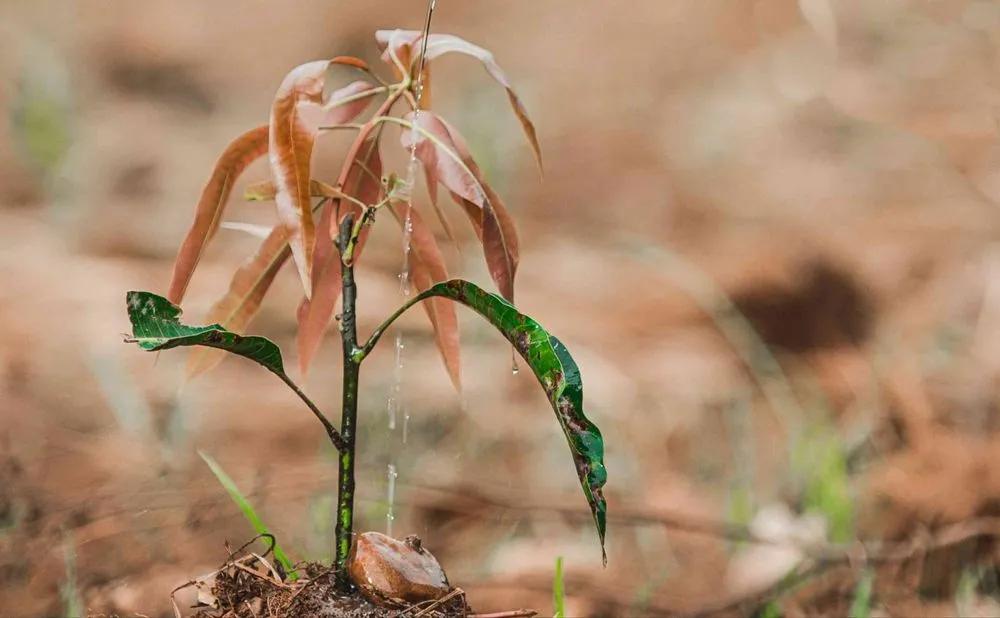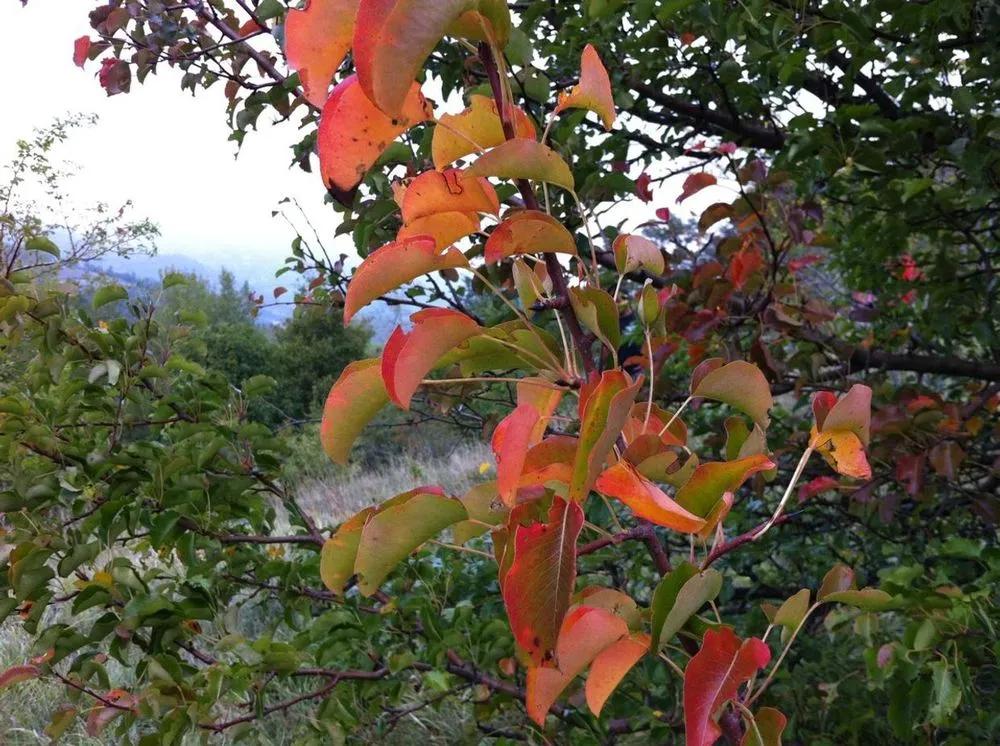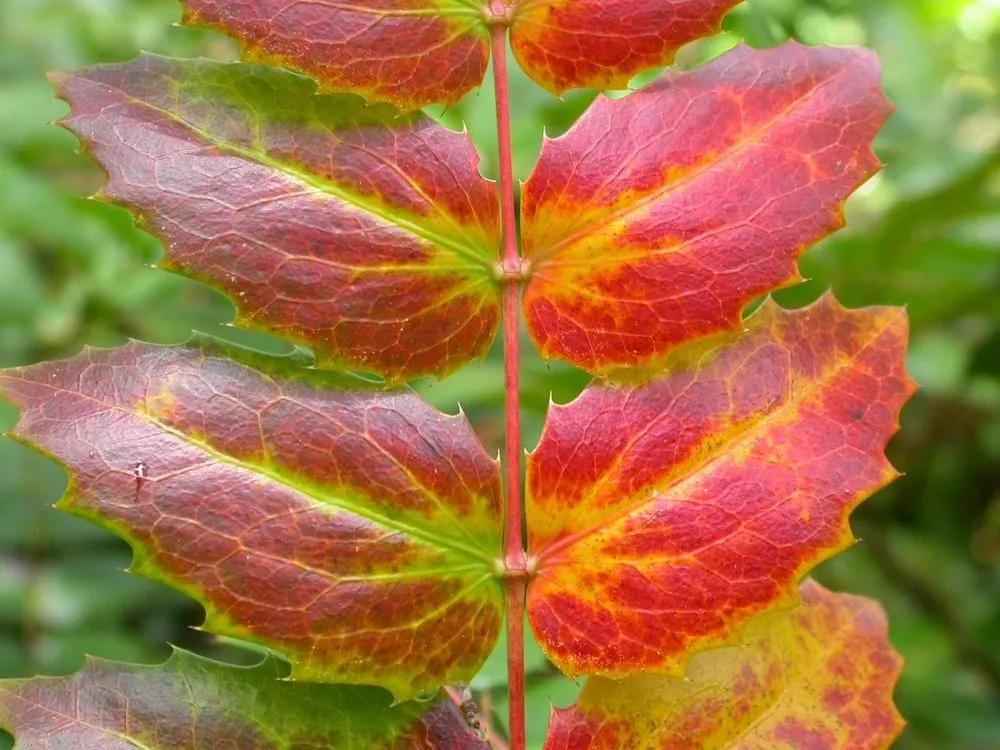Leaf senescence is the name given to the final stage of a leaf’s development. When it happens naturally, it is often associated with the aging of leaves, and it’s vital for the plant’s development and continuity. This process also causes leaves to change color in the fall. It marks the shift between the vegetative stage and the reproductive phase of a plant, and the cells die so the nutrients can be relocated to younger plant parts, mainly their reproductive organs. This happens because, unlike animals, plants constantly renew their organs and recycle the older ones to benefit newer ones. When external factors induce senescence, the plant is triggered by environmental causes and enters a stage of stress. Insufficient improper conditions usually trigger this problem.
Leaf Senescence in Plants



Signs of damage
- Yellowing of leaves. This is caused by the destruction of chloroplast complexes that are converted into other important components.
- Wilting and falling of leaves.
How to prevent
If the senescence is natural, there is no need to try to fix or prevent the loss of leaves, as the plant simply fulfills its own needs as it matures. On the other hand, if external triggers cause it, then proper conditions must be assured. Keeping light, water, and humidity under control, along with ensuring there is no nutrient deficiency, are crucial factors, as these issues are the ones that tend to display symptomology similar to leaf senescence.
Overall assuring that your plant is in a balanced and healthy environment is enough and will prevent stress-related issues.
Heal
It’s important to keep in mind that once a plant part dies, especially leaves, usually there’s no going back. Nevertheless, you can always avoid other parts of the plant following this forced death by adhering to preventive strategies and practices. Just remember that this leaf senescence is often natural, and if that’s the case, you shouldn’t interfere and just accept that your plant is maturing.
Go Premium to continue reading
Also you’ll get unlimited access to disease identification and all the other beneficial features
More problems
